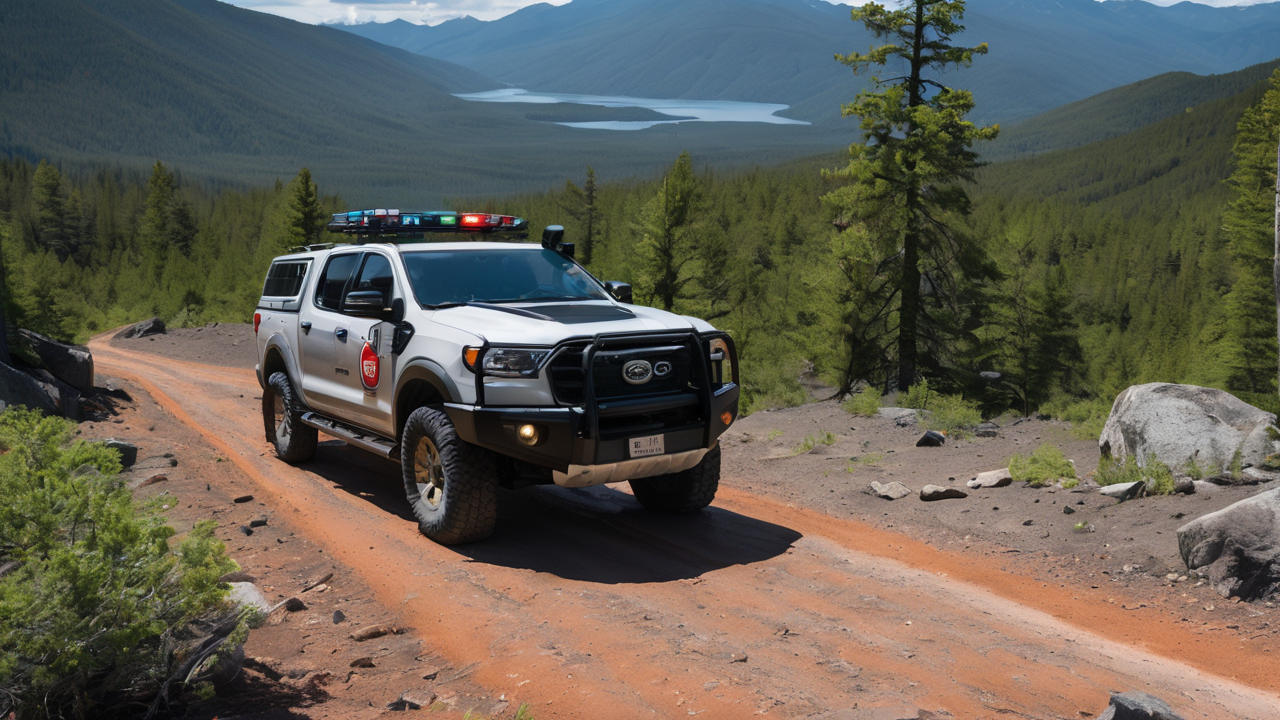Understanding the Importance of Long-Range Communication
The Role of Communication in Emergency Preparedness
Communication is vital during emergencies. It can save lives and reduce panic. Long-range walkie-talkies are key tools for this. They work when cell networks fail. They allow quick info sharing over long distances. This is crucial for coordination and safety.

In disasters, these devices help rescue teams work together. They also keep families connected when separated. Reliable communication can make a big difference in crisis situations. It helps people make informed decisions and get help faster.
Assessing the Need for 100-Mile Walkie-Talkies
100-mile walkie-talkies offer extended range for communication. This is useful in rural areas or during large-scale emergencies. They can cover vast distances where other devices fail. This makes them ideal for wilderness rescue or disaster response.
These devices are not just for professionals. Families and communities can benefit too. They provide peace of mind for those living in remote areas. They're also great for outdoor enthusiasts who venture far from civilization. Assess your location and needs to decide if this range is necessary for you.
Key Features to Look for in 100-Mile Walkie-Talkies
Durability and Battery Life
Durability is crucial for emergency gear. Look for walkie-talkies with rugged builds. They should be water-resistant and shock-proof. This ensures they work in harsh conditions. Some models are even submersible, which is great for flood-prone areas.

Battery life is equally important. Long-lasting batteries are essential during extended emergencies. Look for devices with at least 12 hours of talk time. Some models offer rechargeable batteries. Others use standard AA batteries. Consider units with solar charging options for true off-grid use.
Ease of Use and Programming
In emergencies, simplicity is key. Choose walkie-talkies that are easy to operate. Large buttons and clear displays help in stressful situations. Voice-activated options can be useful when hands are busy. Easy channel switching is also important.
Programming should be straightforward. Look for models with intuitive menus. Some offer computer programming for advanced setup. But make sure basic functions are simple to use. This ensures everyone can operate the device when needed.
Range and Coverage Specifications
While advertised as 100-mile devices, actual range varies. Terrain, weather, and obstacles affect performance. In ideal conditions, you might get close to 100 miles. In reality, expect much less in most situations.
Look for devices with adjustable power settings. This helps conserve battery when full range isn't needed. Some models have built-in repeater functions. These can extend range in certain scenarios. Check if the device uses VHF or UHF bands. Each has pros and cons for different environments.
Top 100-Mile Walkie-Talkies on the Market
Standalone Walkie-Talkies vs. Integrated Systems
Standalone walkie-talkies are simple and portable. They're easy to use and don't require extra setup. These are great for personal use or small teams. They're often more affordable and have longer battery life.

Integrated systems offer more features. They may include GPS tracking or cellular backup. These are ideal for large organizations or serious preppers. They can be more complex but offer enhanced capabilities. Consider your needs and technical skills when choosing.
User-Recommended 100-Mile Walkie-Talkies
Many users recommend the Midland GXT1000VP4. It's known for reliability and ease of use. The Cobra ACXT1035R FLT is another popular choice. It offers good range and waterproof design. For professional use, the Motorola T605 is highly rated.
BaoFeng models are popular among budget-conscious users. They offer good performance at a lower price. However, they may require more setup. Always check reviews and test devices before relying on them for emergencies.
Evaluating Cost-Benefit Ratios for Different Brands
Price ranges vary widely for 100-mile walkie-talkies. Basic models start around $50 per pair. High-end professional units can cost several hundred dollars each. Consider your budget and needs carefully.
Cheaper models may lack durability or advanced features. But they can be good for occasional use. Expensive units offer better range and reliability. They're worth it for serious preparedness or professional use. Mid-range options often provide the best balance of features and affordability.
Remember, the most expensive isn't always the best choice. Look for warranties and good customer support. These can add value to your purchase. Also, consider compatibility with other devices you may already own. This can affect the overall cost and usefulness of your communication system.


